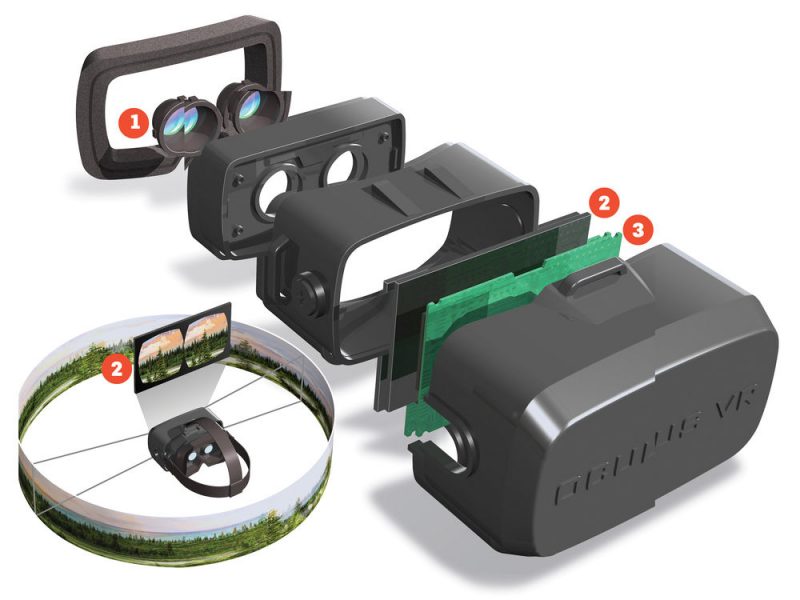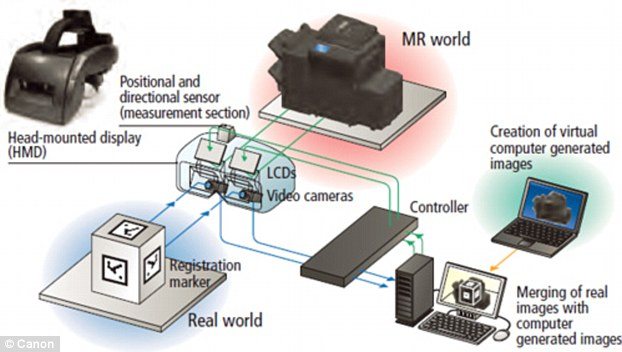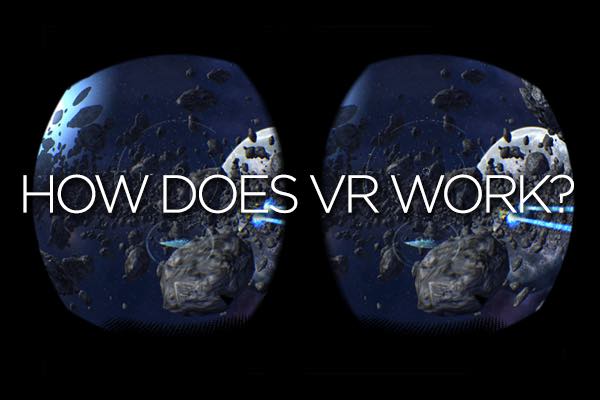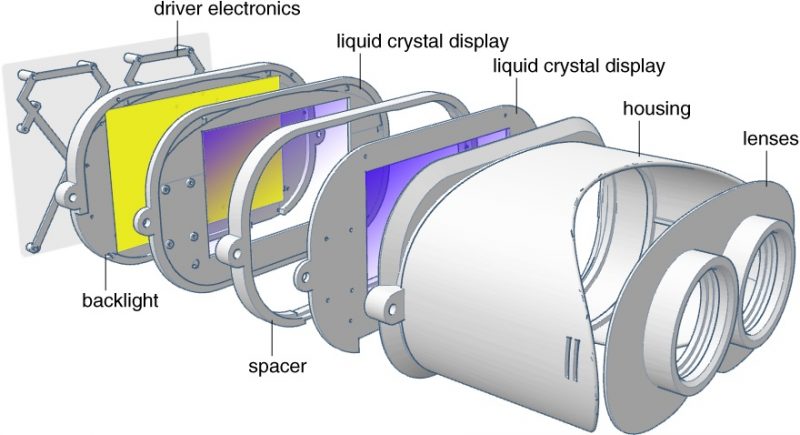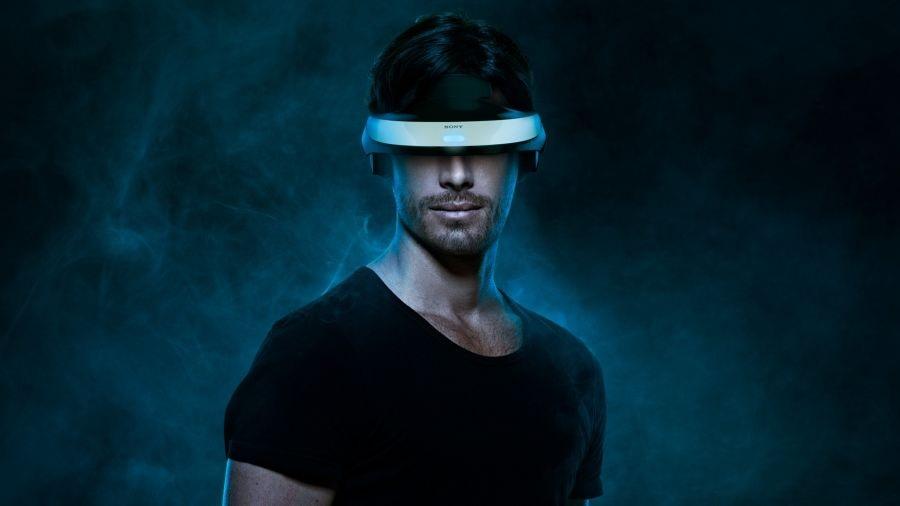
Virtual Reality has recently become a popular buzzword in the world of tech since the announcement of the Oculus Rift last 2012. It’s now the hottest story of 2016 as the release of various VR hardware from technology bigwigs get closer and closer. A couple weeks back, the Oculus Rift was finally released as a consumer product. Despite the steep price of the headset and the required hardware to run it, everyone is excited. The Oculus Rift is steadily gaining rave reviews from various tech sites and individuals that pre-ordered them.
A Little History
Ever since the announcement and release of the first Oculus Rift development kit, everyone thought that the Oculus’ potential was going to be big. Facebook bought the company for two billion dollars. Samsung, Google, Sony, HTC, Microsoft and other tech startups have started developing their own headsets. These companies thought that it was now time to revive the technology. Revive, meaning that the technology has existed before. Man’s fascination into other realities and attempts to get there goes way back to the 1950s using crude mechanical and electronic attempts to bring people inside simulated environments and scenarios. Those old enough will remember that Virtual Reality also became a craze in the 90s but pulling off the experience the Oculus is bringing now is financially unreachable for the consumer. Movies were made such as Pierce Brosnan’s The Lawnmower Man and Russel Crowe’s Virtuosity. There were several attempts, but the technology just wasn’t there yet for the consumer. The tech ended up in university labs, clinics and military simulators.
As mentioned, Virtual Reality during the 90s became limited to military simulators, research and psychotherapy but the application it’s most intended for is gaming and entertainment. Some companies tried their hand in it. As the broad goal of VR is to transport people into virtual worlds and interact with it, some implementations aren’t like what we see today. Nintendo and Mattel partnered to market the Power Glove , hich was designed to be like the gloves used in high-end VR but way cheaper. The device was designed to work with the Nintendo Entertainment System (NES). The power glove failed miserably on mainstream Nintendo games but was great for games designed specifically for the device which were very few and very late. The games Super Glove Ball and Bad Street Brawler achieved the device’s goal but since these were the only two games released that really showed the Power Glove’s features and because they were released after the glove was declared by owners as a crappy controller, the device failed miserably. The Power Glove is basically the ancestor for the Wii controllers. The Wii was successful in implementing the interaction aspect.
Another VR product was the Virtual Boy by Nintendo which sought to ride the 90s VR hype. It looked like most headsets now but wasn’t designed to be strapped on but played on a tabletop. It wasn’t successful because it was uncomfortable, it had only two colors, had very few games and practically dangerous to use by today’s standards due to eye strain, neck strain and nausea warnings. Sega also tried to create its own VR gear called Sega VR. The Sega VR was an actual VR headset designed to work with the Sega Genesis but was never released. VR ceased being marketed until the emergence of the Oculus Rift.
How It Works
Virtual Reality operates by combining the aspects of immersion and interaction. The goal of VR is to trick the user that he/she is in another reality or scenario that he/she is actually in. So instead of sitting on the couch in the living room, VR is supposed to trick the player into thinking that he/she is sitting on a rickety chair in the living room of a haunted mansion, flying a spaceship against an alien armada or driving a race car at high speed on the streets of Los Angeles. With immersion, the user wears a headset and headphones which blocks out the immediate environment and displays the simulated environment. To achieve a more realistic effect, VR headsets have two displays, one for each eye. Each image is slightly different which the brain interprets later as one image. The technique is called stereoscopy. Head tilts and eye movements are detected by various sensors resulting in the user seeing the surrounding virtual environment itself. In an underwater scene for example, the user only sees water, sand, corals and the surrounding fish. The user sees and hears the virtual environment. Aside from internal gyroscopes, accelerometers and magnetometers, the headset can be complemented by external tracking sensors to better track the wearer’s movement within a confined space to simulate similar effects in the virtual environment.
Some cheaper headsets rely on powerful mobile phones and apps to simulate virtual reality. The phones act as the display and are inserted into the headset. The phones then go into VR mode and display stereoscopic images within the headset. The phone’s accelerometer and gyroscopes provide the detection of movement. Examples of this is Samsung’s Gear VR and the very affordable Google cardboard.
To interact with the environment, some headsets come with remotes and controllers. The Oculus Rift has both a remote and an Xbox One controller so the user can interact with the environment so the user can walk, run or shoot. For true interaction with the virtual environment, major manufacturers are set to release trackable controllers to go with their headsets so hacking, slashing will really feel like hacking and slashing instead of just mouse-pushing and button-mashing. Trackable controllers will enable users to be truly immersed in their virtual environment for a better VR experience.
Applications
As mentioned, VR can be applied in simulations for surgery, driving, piloting and combat. VR can also be used for psychotherapy to cure phobias but the focus of VR now is mostly in gaming. When Oculus promised users a satisfying VR experience with the Rift, it exponentially surpassed the goals of its Kickstarter campaign and the potential captured the attention of tech and gaming giants. Aside from gaming, VR can be used for media consumption. The Oculus Rift has apps that play movies and other videos to enable completely private viewing on the moon, in the Bahamas or in the desert. Speaking of viewing movies privately, the porn industry is also getting into the VR bandwagon. They too think that VR is the next step in delivering a truly realistic but virtual sexual fantasy. A man can be sitting on the train, in a crowded airport or even in the office with a headset but instead sees himself lying on the bed being serviced by not one but two or three beautiful women. Everyone else is oblivious to what he’s watching. The only giveaway would be the man’s hard-on in case he forgets to hide it. Pornhub, BaDoinkVR, Naughty America and Ejaculatr VR (although this company is getting frustrating as they are months late now on delivery and look to be many many months more) are just some companies already into VR content. Japan may already have porn and gaming combined. If it’s an entertainment technology, porn will always be there.
VR is indeed the next big thing because what’s different now than in the 80s and 90s is that the technology has matured. The technology is faster, more powerful and realistic and more affordable. The most expensive so far is the Oculus Rift which can cost users a minimum of 1500 dollars. 599 dollars for the headset and the rest for the powerful machine the headset requires. If they’re too expensive, Google cardboard and its clones cost less than 20 dollars, given you have a compatible mobile phone with a greater-than-4-inch screen like the iPhone 6 and Samsung Galaxy SX. There’s also the HTC Vive which claims to minimize VR motion sickness better than its competitors, Magic Leap, Samsung Gear VR and PlayStation VR.


